Amber (Indian: Kerwa; Italian: Ambra) is the hardened and fossilized resin of certain pine trees such as the Pinus succinifera. Amber is either collected from sea shores or fished off the waters, or it is mined by open – pit mining.
Natural ambers are very old from hundreds to millions of years. Inclusions like frog, butterflies, lizards, spiders, ants, mosquitoes and other insect species inside amber decides its worth.
Yellowish-brown or honey color is the best known color for amber which are fished or mined along the coasts of Baltic Sea, these are popularly known as Baltic amber.
Copal resin (kauri gum) has similar appearance (simulant) that of an amber stone which is generally confused with natural amber and mistakenly used in jewelry.
How to Separate Natural Amber from Plastic Amber?
Take a glass of water and add 3 – 4 spoon of table salt in it. Now stir it. Then dip amber and plastic inside the saturated salt solution. According to Archimedes Principle, if the S.G. of the stone is greater than that of the liquid it will sink and if the S.G. of the stone is less than that of the liquid it will float.
| Particulars | S.G. | Remarks |
|---|---|---|
| Amber | 1.08 | floats |
| Salt Water | 1.12 | liquid |
| Plastic | 1.20 | sinks |
Therefore, amber starts to float while plastic sinks. This test is only for separation of amber from plastic and confirms that amber floats in saturated salt solution. Natural amber having inclusions of insects may react differently to this test.


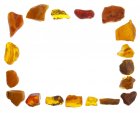
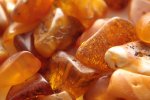
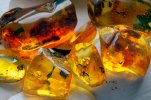
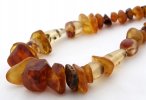

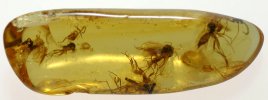
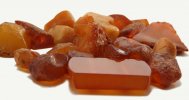





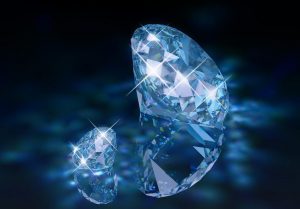




















Leave a Reply
You must be logged in to post a comment.